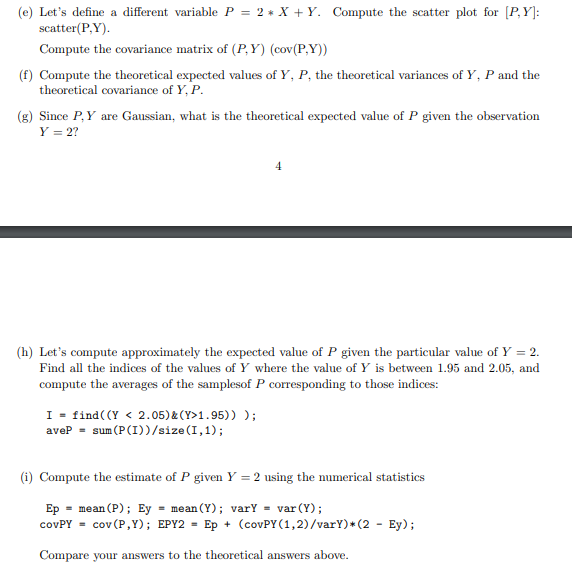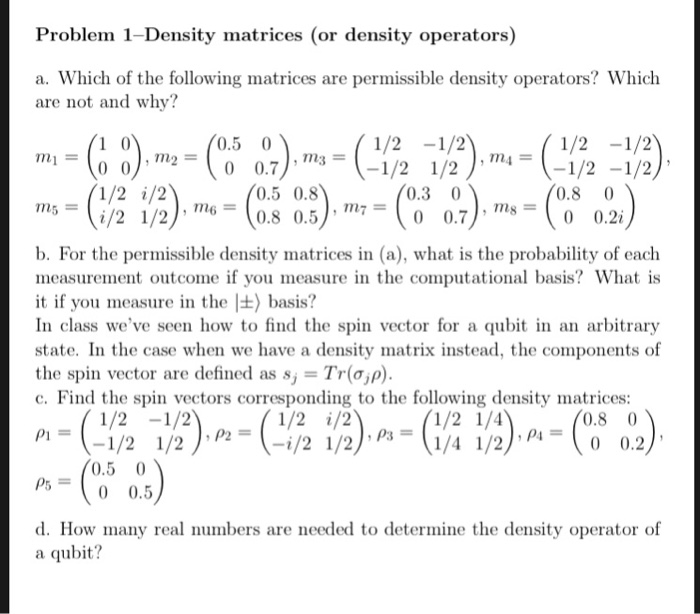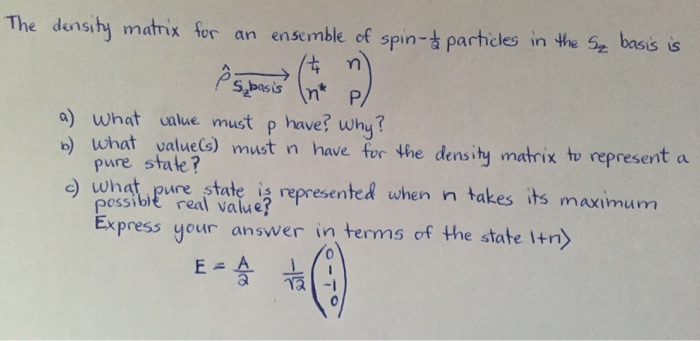Do you seek for 'density matrix homework'? Here you can find your answers.
Table of contents
- Density matrix homework in 2021
- Density matrix of a qubit
- Density matrix ppt
- Log of density matrix
- Reduced density matrix examples
- Density matrix quantum mechanics
- Density matrix intuition
- Thermal density matrix
Density matrix homework in 2021
 This picture demonstrates density matrix homework.
This picture demonstrates density matrix homework.
Density matrix of a qubit
 This image demonstrates Density matrix of a qubit.
This image demonstrates Density matrix of a qubit.
Density matrix ppt
 This image demonstrates Density matrix ppt.
This image demonstrates Density matrix ppt.
Log of density matrix
 This image illustrates Log of density matrix.
This image illustrates Log of density matrix.
Reduced density matrix examples
 This picture illustrates Reduced density matrix examples.
This picture illustrates Reduced density matrix examples.
Density matrix quantum mechanics
 This picture demonstrates Density matrix quantum mechanics.
This picture demonstrates Density matrix quantum mechanics.
Density matrix intuition
 This picture illustrates Density matrix intuition.
This picture illustrates Density matrix intuition.
Thermal density matrix
 This image demonstrates Thermal density matrix.
This image demonstrates Thermal density matrix.
How is the density matrix of a spin 1 system constructed?
The most general density matrix can be constructed from ˙as ˆ= 1 2 (1 + a˙) where a is a real vector. And we see as noted above that we need to measure 3 observables, namely the polarization, to determine the state of the ensemble. The density matrix for a spin 1 system has 8 independent parameters.
Is the density matrix equivalent to the wavefunction?
Although describing a quantum system with the density matrix is equivalent to using the wavefunction, one gains significant practical advantages using the density matrix for certain time-dependent problems – particularly relaxation and nonlinear spectroscopy in the condensed phase.
Which is the expectation value of a density matrix?
Theorem 9.1 The expectation value of an observable A in a state, represented by a density matrix ˆ, is given by hAi ˆ = Tr(ˆA) Proof: Tr(ˆA) = Tr (j ih jA) = X n hnj ih jAjni= = X n h jAjnihnj | {z } 1 i= h jAj i= hAi: q.e.d.(9.8) 9.2 Pure and Mixed States Now we can introduce a broader class of states represented by density matrices, the so-
How are density matrix elements used in quantum mechanics?
This expression states that the density matrix elements represent values of the eigenstate coefficients averaged over the mixture: Diagonal elements (nm= ) give the probability of occupying a quantum state n : ρ =cc * =p ≥0 (1.18) nn n n n. For this reason, diagonal elements are referred to as populations.
Last Update: Oct 2021